

James Wong
2026 Audi SQ5 review: Quick drive
6 Days Ago
Given the head start it enjoyed over its rivals, Nissan had the opportunity to move the game forward with the Leaf. Unfortunately, it chose not to.
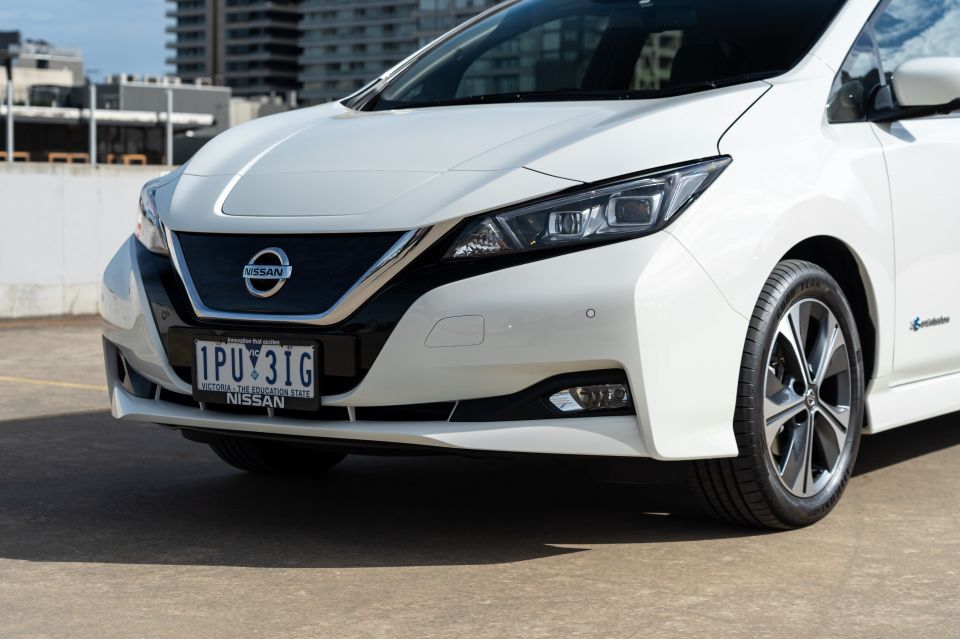
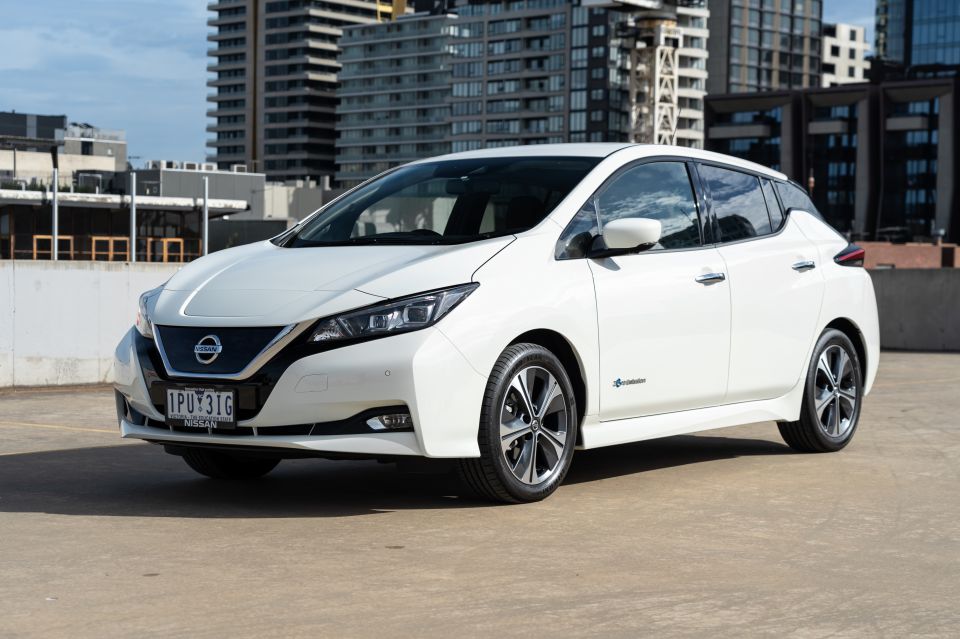

Contributor
New from
$49,990
excl. on-roads

Contributor
New from
$49,990
excl. on-roads


Contributor
New from
$49,990
excl. on-roads

Contributor
New from
$49,990
excl. on-roads
Quickly see how this car stacks up against its competition. Select any benchmark to see more details.
Where expert car reviews meet expert car buying – CarExpert gives you trusted advice, personalised service and real savings on your next new car.
It looks quite conventional, but the Nissan Leaf is a big deal in the electric world.
Honda, Hyundai, and Audi are all relatively new to the world of mass-market electric cars, but the little Leaf has been around since 2010.
Even the production Tesla Model S didn’t hit the market until late 2012.
With that in mind, the 2020 Leaf is the only second-generation electric car in the world – although that will change when the new Renault Zoe hits the market later this year.
Given the head start it enjoyed over its rivals, Nissan had the opportunity to move the game forward with the Leaf. Unfortunately, it hasn’t innovated quite enough for our liking.

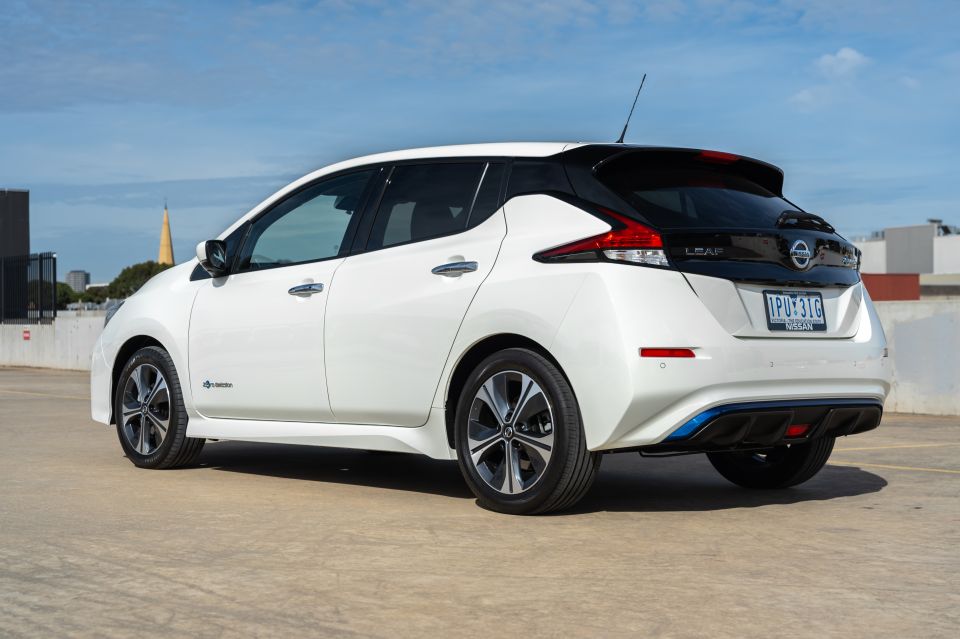
Just one spec level is available in the Leaf priced from $49,990 before on-road costs.
That makes it $1500 pricier than the Hyundai Ioniq Electric Elite and $2500 cheaper than a range-topping Ioniq Electric Premium, and puts it on a par with a generously-optioned Golf GTI or Hyundai i30 N in the internal-combustion world.
Buy your new car without the stress. It's fast, simple and completely free.

Great service from Travis and team, second time I have used this business would not hesitate to recommend them to anyone
Craig C.
Purchased a Ford Ranger in Sunshine Coast, QLD
CarExpert helped Craig save $7,224 on his Ford Ranger, now let us save you on your next new car.
Get your BEST priceEssentially everything Nissan has to offer is standard in the Leaf. Leather trim, seat heating for front and rear passengers, and a heated steering wheel are included, along with power-folding mirrors, privacy glass, LED headlamps, and automatic lights and wipers.
The Leaf was the first Nissan to get Apple CarPlay and Android Auto in Australia thanks to a new 8.0-inch touchscreen infotainment system, and the driver is faced with another 7.0-inch display with information about range, speed, and multimedia. More on that to come.
A full suite of semi-autonomous safety assists is standard, including autonomous emergency braking, lane-keeping assist, blind-spot monitoring, rear cross-traffic alert, adaptive cruise control, and a surround-view camera.

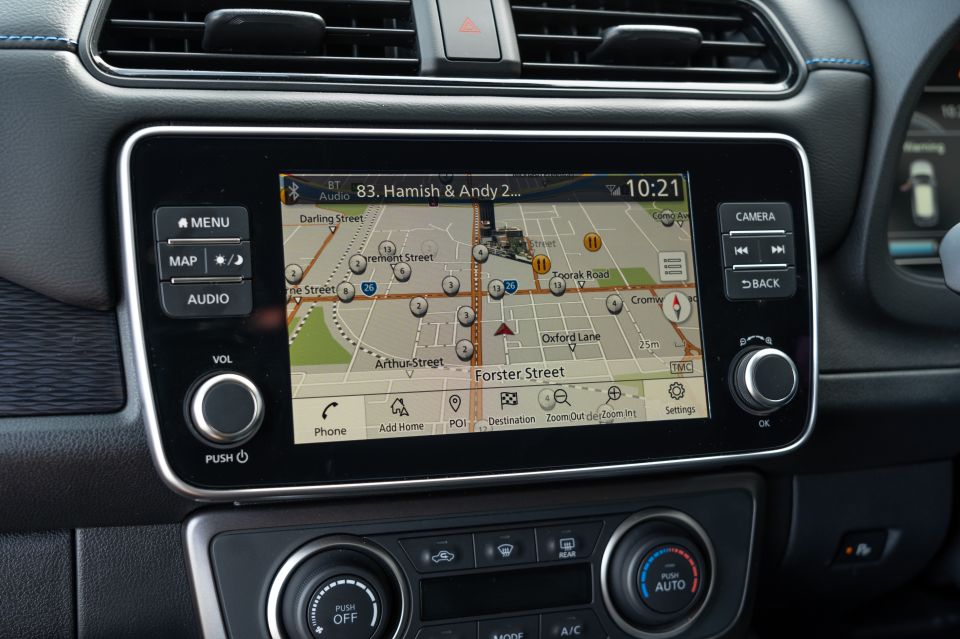
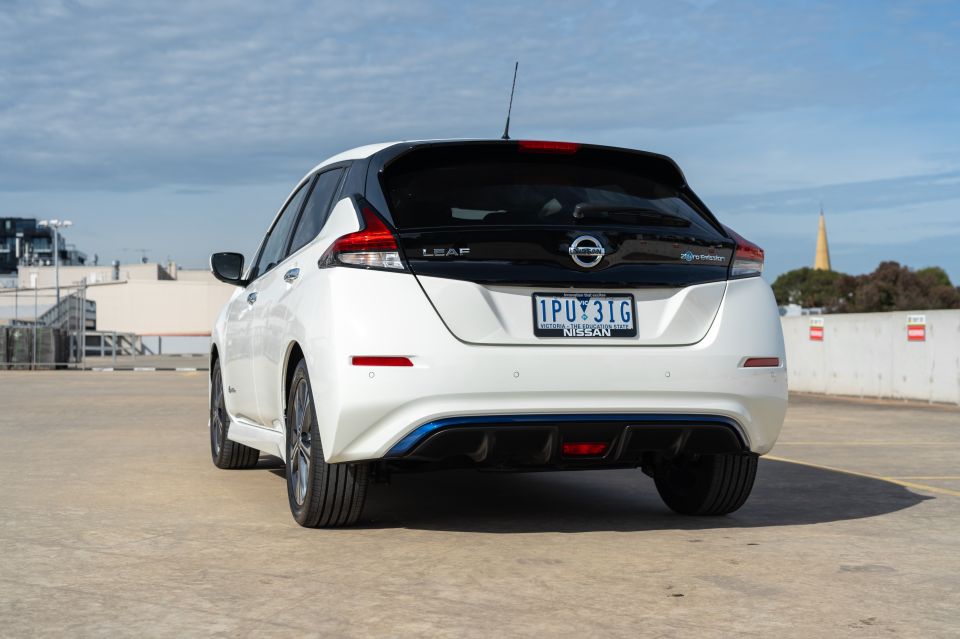
The 2020 Nissan Leaf has a five-star ANCAP safety rating, based on testing carried out in 2019. It scored 93 per cent for adult occupant protection, 85 per cent for child occupant protection, 71 per cent for vulnerable road-user protection, and 70 per cent for safety assist.
Along with the full suite of semi-autonomous driver assists mentioned above, the car has six airbags.
Unfortunately the Leaf is a bit of a mixed bag from behind the wheel. The seats are mounted too high and don’t slide far enough to comfortably accommodate tall drivers, and the steering wheel doesn’t adjust for reach.
The climate control binnacle feels more Navara than paradigm-shifting electric vehicle, the base of the centre console is trimmed in plastic placed perfectly to catch the edge of your knee, and the fact Nissan has used an old-fashioned footbrake instead of an electric parking brake is hard to fathom.
There’s no wireless phone charging, and more could have been done with the transmission tunnel given there’s no, you know, transmission in the Leaf. The same space is used more effectively in the Hyundai Ioniq Electric and Tesla Model 3.

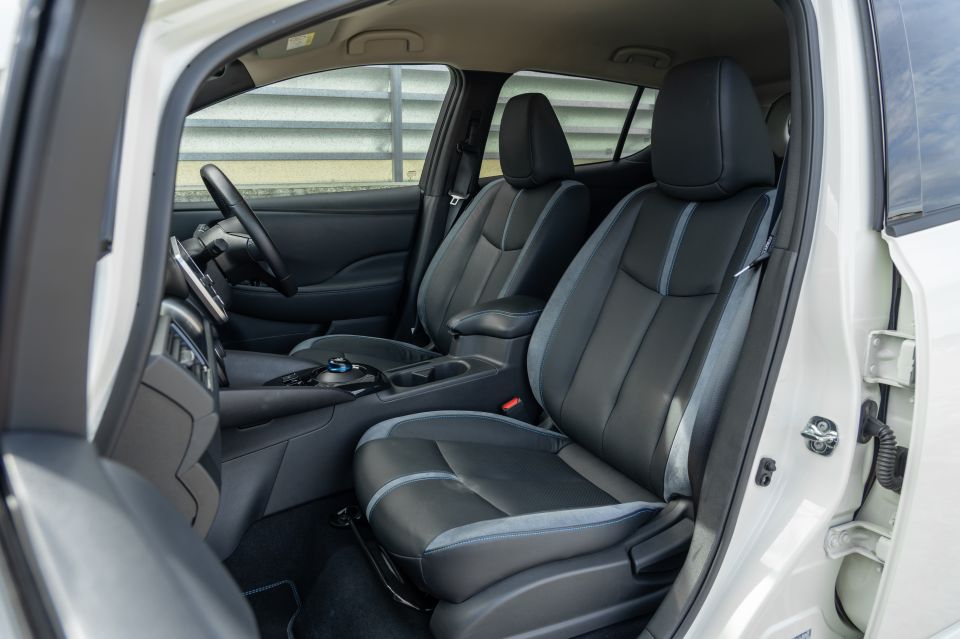
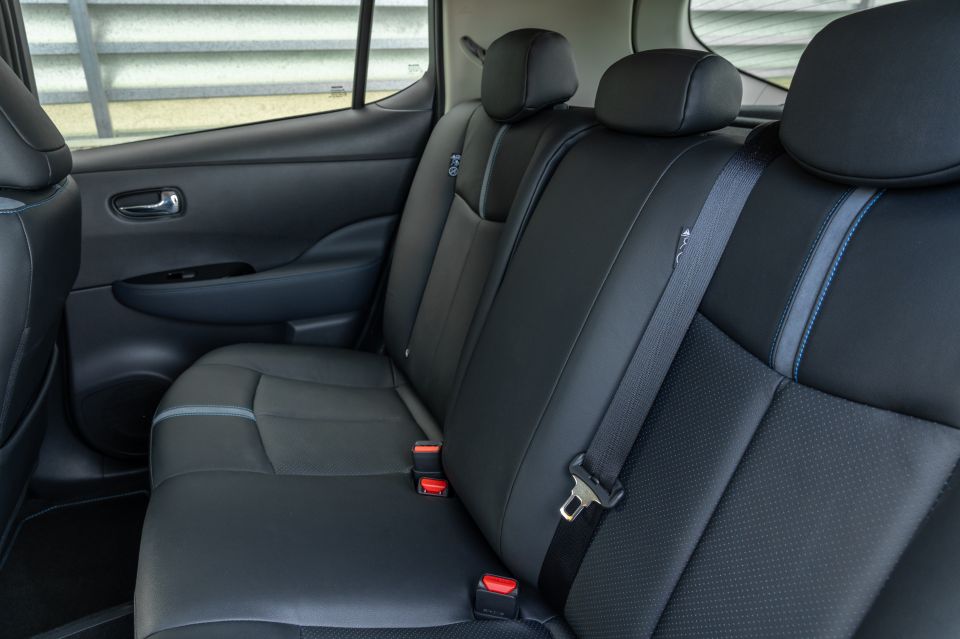
At least the infotainment touchscreen is a huge step forward from what Nissan has been offering. It responds far faster than before, and has a more logical layout than the ageing system serving in the X-Trail and Qashqai.
The graphics still lack the polish of the latest Hyundai and Kia systems though (check out our 2020 Hyundai Ioniq review for a closer look at Hyundai’s latest infotainment effort), and Tesla has shown what can be done with a blank sheet of paper.
Although the digital driver display is easy to read, it’s a shame more thought wasn’t put into the layout and graphics. It just looks slapdash compared to what’s on offer in the Hyundai Ioniq and Kona Electric, let alone the (more expensive) Tesla Model 3.
Fundamentally, the cabin is spacious and practical. The rear seats offer enough head- and legroom to comfortably cater for average-sized adults, and the boot is deep and wide, with 405L of space with the rear seats in place.
There are pockets on either side of the boot for charge cables, but the boot floor is home to a Bose subwoofer. You can leave the cables at home, but there’s no getting rid of the audio gear.
The lip is also quite high, which makes getting heavy shopping bags on board trickier than it could otherwise be.

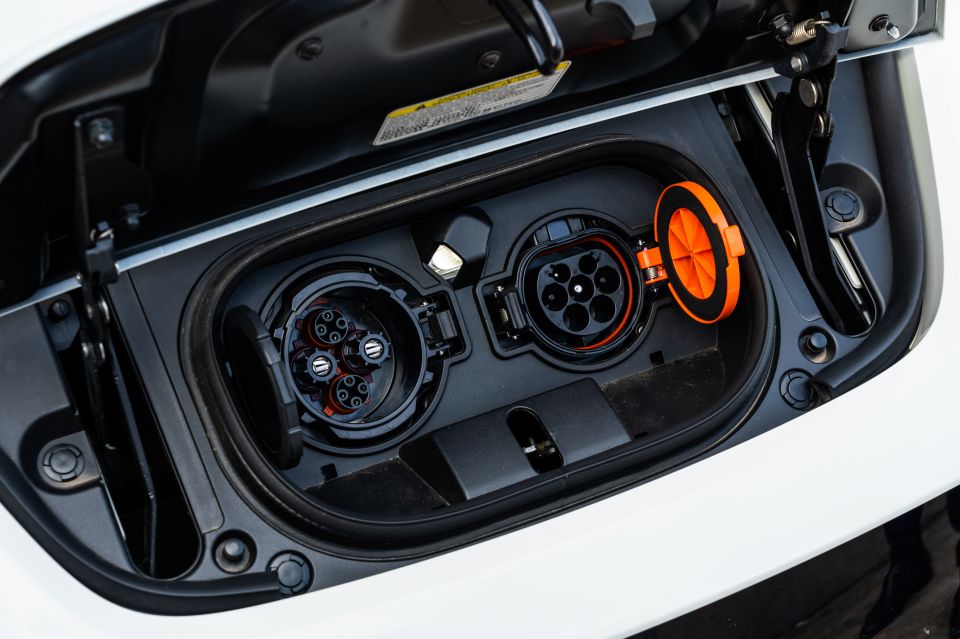
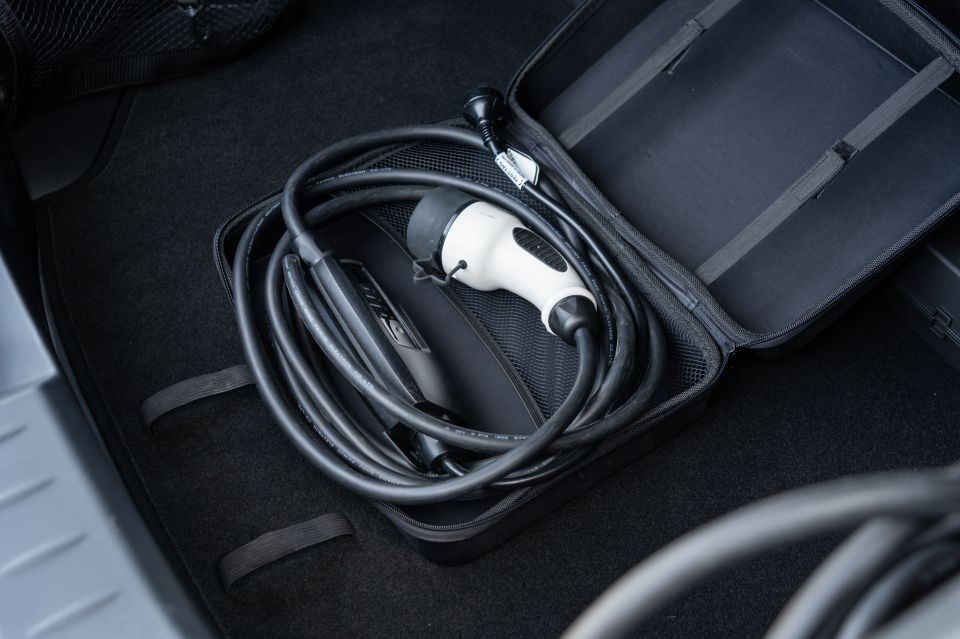
Power in the Leaf comes from a front-mounted electric motor with 110kWof power and 320Nmof torque. It’s fed by a 40kWh battery, which is good for 270km of range on the strict WLTP test cycle.
We saw an average economy figure of 13.5kWh/100km on our mixed city and highway loop with the air conditioning running at 19 degrees Celsius, good for a range of almost 300km.
Expect that figure to drop in winter, or in summer with the air-conditioning cranking, but in ideal conditions the Leaf is incredibly efficient.
It takes 24 hours to charge from empty using a conventional 10A wall socket, or just 7.5 hours using a 7.2kW wall box. Expect to pay around $2000 to have one installed thanks to JET Charge, which has teamed up with Nissan to take care of installation.
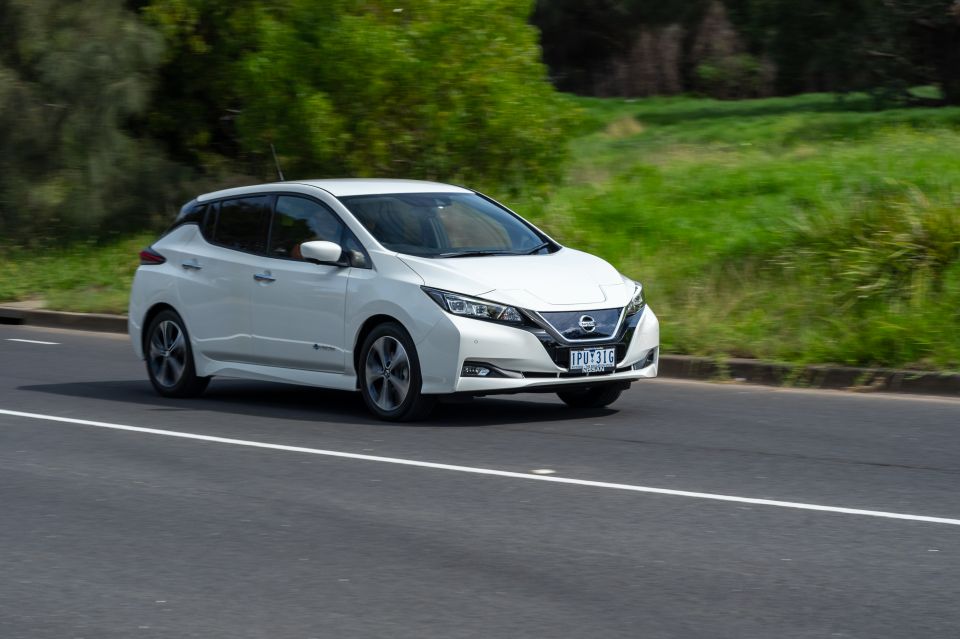
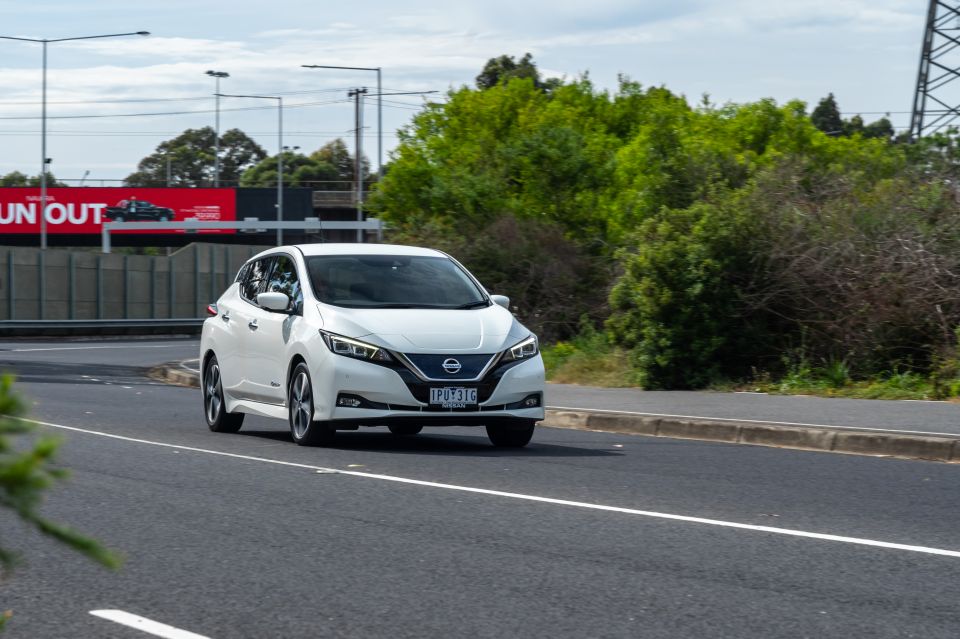
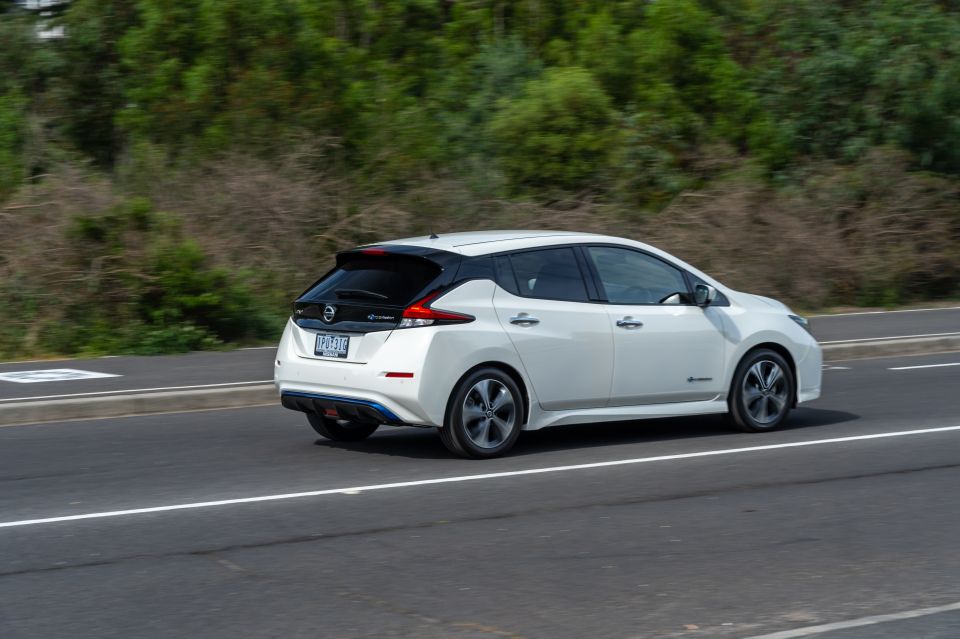
Nissan’s experience with electric vehicles really shows when you hit the road. It won’t blow you away with brutal acceleration like a Tesla, but the Leaf delivers its performance in a linear surge, building gradually off the line to a silky crescendo.
It’s whisper-quiet all the time, and the long throttle pedal means you can precisely mete out power as required. Although the traction control will intervene when you stamp the accelerator from standstill, there isn’t a hint of wheel spin on the move – even in the wet.
Lift off the right-hand pedal and the Leaf is capable of decelerating at 0.2g thanks to its e-Pedal system, essentially a fancy name for aggressive regenerative braking. It takes a while to tune in, but with practice it means you can ignore the mechanical brake pedal 90 per cent of the time.

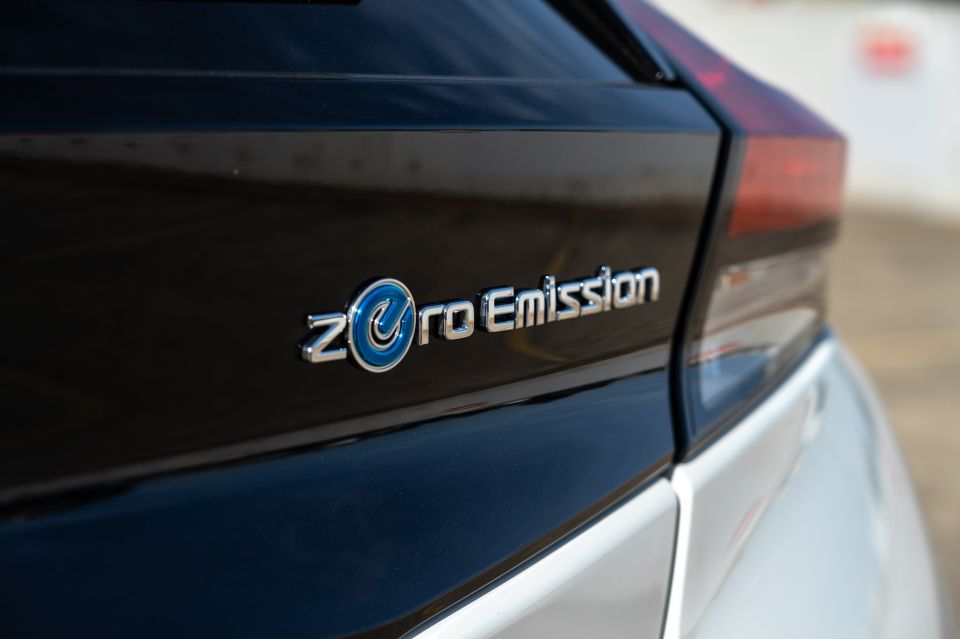
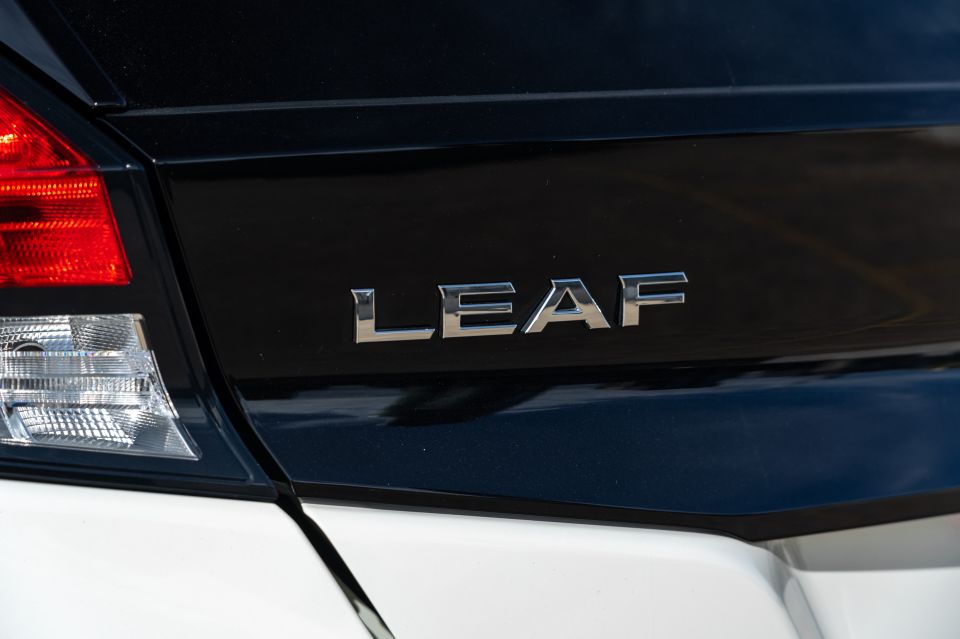
Good thing, because the brake pedal is among the worst we’ve experienced. There’s no feel at all, and the brakes bite suddenly when you finally apply enough pressure. Getting braking right in electric cars is tough, but Nissan would be well served trying a Tesla Model 3 to see what’s possible.
The Leaf is incredibly quiet, even compared to some of the other electric vehicles we’ve driven. There isn’t much whirring or humming from the motor, and wind noise is incredibly well suppressed at highway speeds.
Given it’s aimed at well-heeled city dwellers, it shouldn’t be too much of a surprise to hear the Leaf is most comfortable in town. The suspension does an excellent job filtering out potholes and speed bumps, and the light steering makes parking a breeze.
It really is a serene place to spend time in the city.
Servicing for the Leaf is required every 12 months or 20,000km – with brake fluid changes every two years or 40,000km.
The first six services cost $237, $317, $247, $330, $257 and $343.
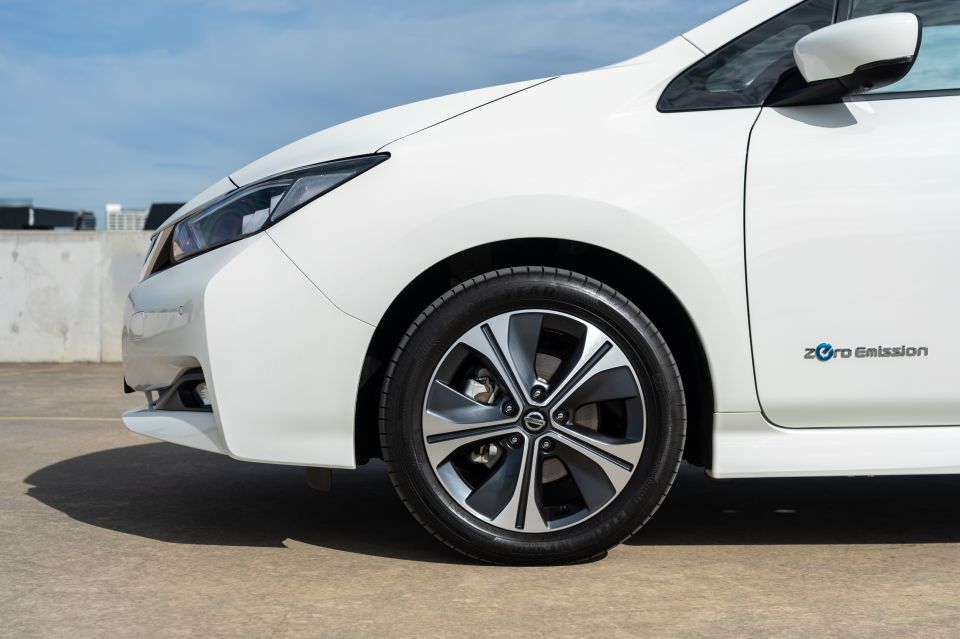
Buy your new car without the stress. It's fast, simple and completely free.

Great service from Travis and team, second time I have used this business would not hesitate to recommend them to anyone
Craig C.
Purchased a Ford Ranger in Sunshine Coast, QLD
CarExpert helped Craig save $7,224 on his Ford Ranger, now let us save you on your next new car.
Get your BEST priceWith its smooth powertrain and refined ride, there is a lot to like about the Leaf.
Its range is more than enough for most, and the large hatch body makes it a more usable daily proposition than the slightly cramped Hyundai Ioniq.
Unfortunately, the interior takes too many shortcuts. It’s a shame Nissan didn’t spend the money on moving the game forward in the Leaf, which is what it really deserved.
With that in mind, it’s hard to recommend a $50,000 hatchback with a compromised driving position and underdone infotainment.
The Leaf is good, and worth test driving. But it could be better.
Where expert car reviews meet expert car buying – CarExpert gives you trusted advice, personalised service and real savings on your next new car.
Scott Collie is an automotive journalist based in Melbourne, Australia. Scott studied journalism at RMIT University and, after a lifelong obsession with everything automotive, started covering the car industry shortly afterwards. He has a passion for travel, and is an avid Melbourne Demons supporter.


James Wong
6 Days Ago


Max Davies
5 Days Ago


Josh Nevett
3 Days Ago


Max Davies
3 Days Ago


Max Davies
2 Days Ago


Derek Fung
1 Day Ago